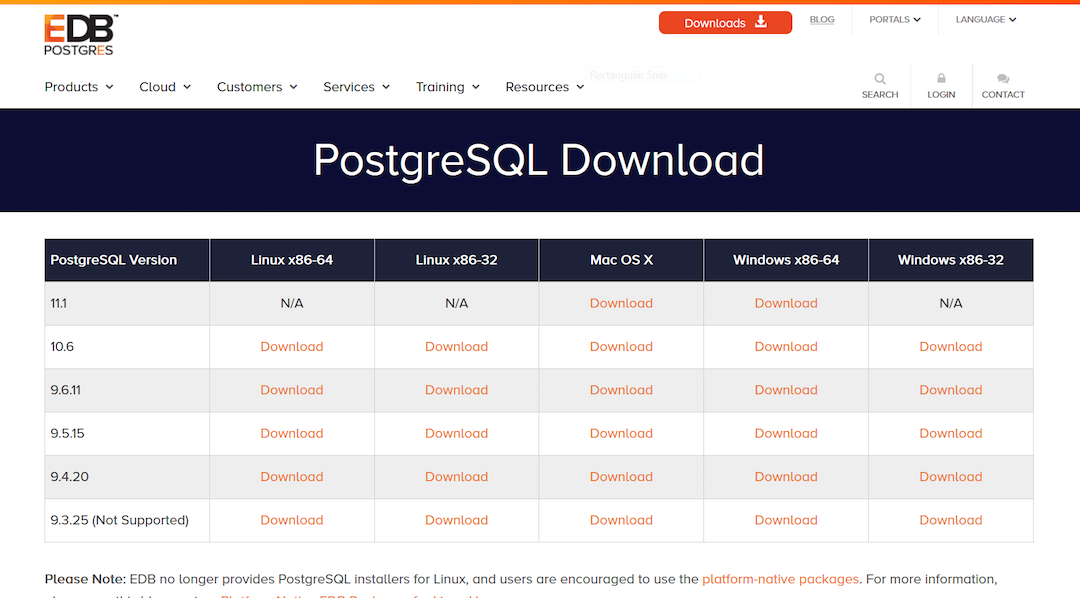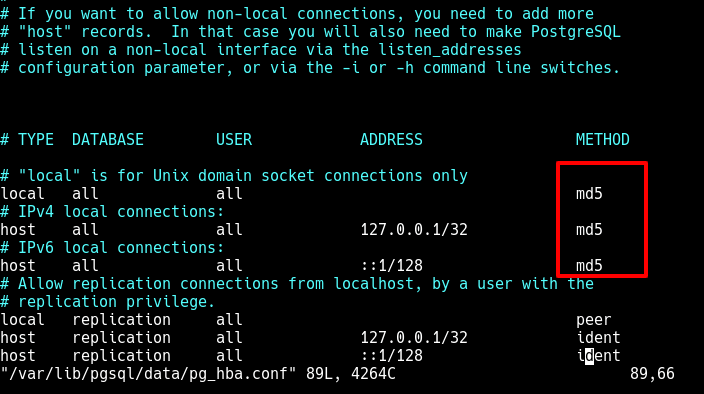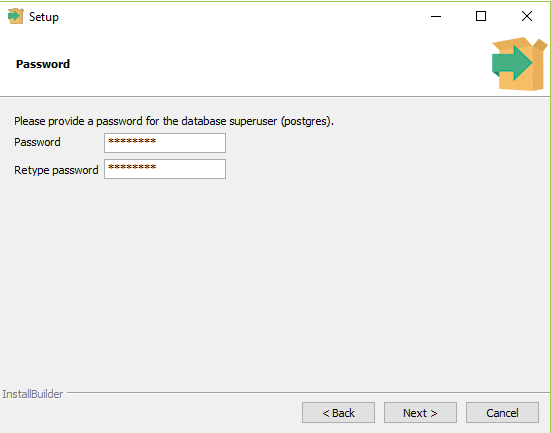

Postgres 13 is still installed on my machine.With this, I could restart Rails and get my app up and running again. A quick start kicked the service off brew services start It’s important to note that even though I had linked brew to the old postgres version, when I was running brew commands, I still needed to reference the appropriate brew Postgres install, hence the Next Steps I began by checking which brew services were running with brew services list. Running Postgresįinally, I had to restart Postgres.

Checking the version through the terminal confirmed this. After fumbling with a few commands and various Stack Overflow posts, I discovered brew link -overwrite This pointed the postgres command at the latest version. It was allowing both to be installed on my machine.

Homebrew wasn’t installing the old version of Postgres over the existing 13.x. But checking the postgres version still returned the new Postgres install. brew install the old version my app was expecting onto my machine. Installing the older version of Postgres wasn’t too bad. I needed to install 12.x and then point homebrew at the install. The best way to do that would be to walk my local copy back to 12.x. I want to minimize the surface area and variables between known working versions of my software. I’m a believer in intentional upgrades and intentional changes. Bring my install up to the latest, 13.x or.Next, I check the version with postgres -version and I get back 13.x which is not the 12.x I expected. With a quick command in the terminal, which postgres, I see that it’s installed in /usr/local/bin which I know is where homebrew installs.

#OSX BREW INSTALL POSTGRESQL SOFTWARE#
In this case, I know that Postgres can be installed a number of different ways, and I want to verify how the software is installed. When I get stuck, I take a deep breath and gather up my assumptions.


 0 kommentar(er)
0 kommentar(er)
